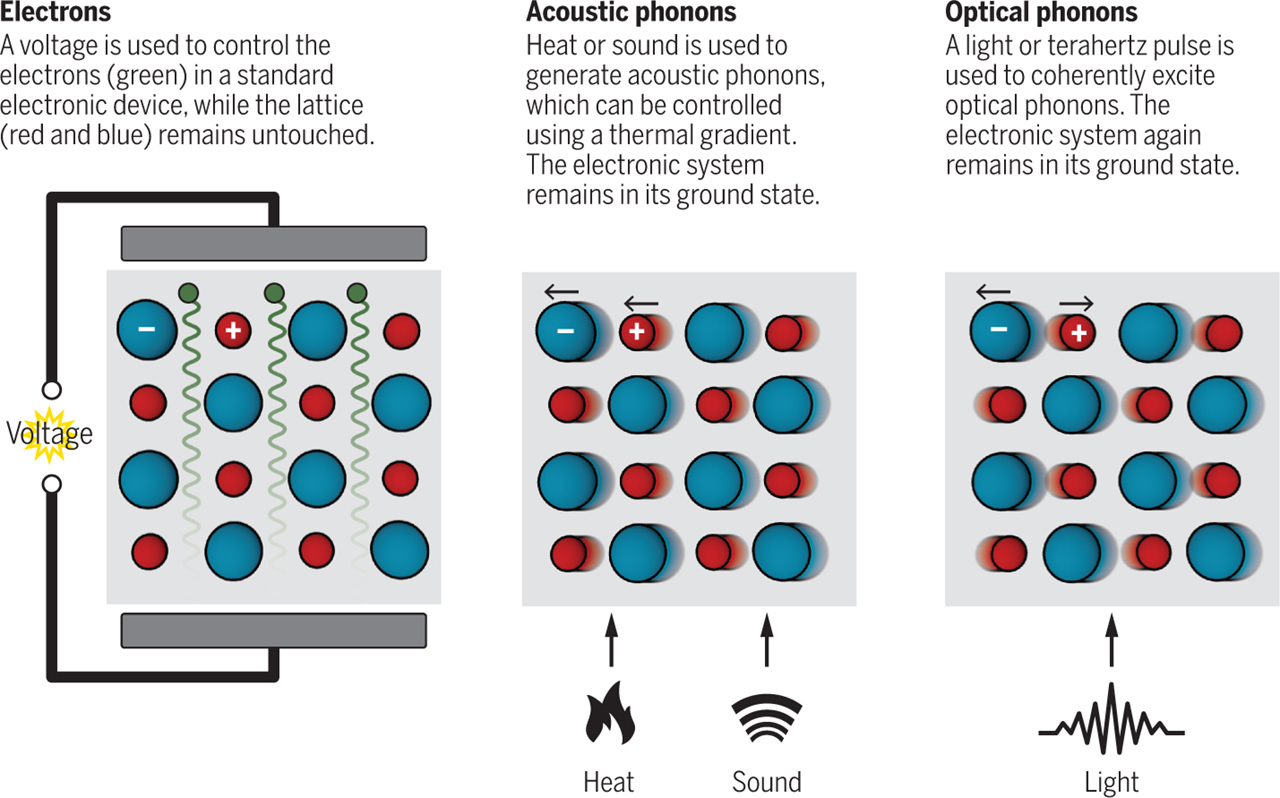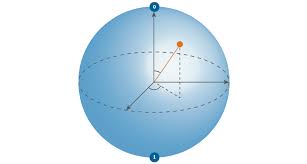New Discoveries

Scientist were not capable of measuring photons states
in engineered structures until Standford physicits
were
Phonos were first mentioned by Albert Einstein in 1907. Phonos are concentrations
of vibration energy created by restless atoms.
The quantum microphone consists of multiple supercooled nanomechanical resonators,
which can only be viewed through an electron microscope. Connected to the resonators is a superconduction
circuit that holds elctron couples that flow freely without opposition. The circuit creates a quantam bit,
also known as a quibit, which can live in two states at once and has a natrual frequency that can be measured
electronically. The resonators vibrate and create phonons different states. "The resonators are formed from
periodic structures that act like mirrors for sound. By introducing a defect into these artificial lattices,
we can trap the phonons in the middle of the structures," said Arrangoiz-Arriola. The phonons make mechanical
motions by moving around. The mechanical motions are then transported to the quibit. "The qubit's sensitivity
to displacement is especially strong when the frequencies of the qubit and the resonators are nearly the same,"
said Alex Wollack. To fix this, the researchers dutuned the system to make the qubit and resonators shake at
different frequencies, triggering a quantam intercation, also known as a dispersive interaction. By recording
the qubit's change in tunes, researchers were able to find the quantized energy levels of the resonators.
able to create a "quantam microphone". It can be
used to measured individual particales of sound
called phonons.
"Sound has this granularity that we don't
normally experience. Sound, at the quantum level,
crackles." Safavi-Naeini
said. The microphone can control
sound instead of light to create smaller and better
working quatum computers.
Amir Safavi-Naeini, an assistant
proffesor at standford, said, "We expect this device
to allow new types of quantum
sensors, transducers and storage
devices for future quantum machines."
Quantam Microphone and Phonons

Theses phonos, also known as quanta,
are visible by sound or heat, based on their frequencies. Phonon's vibrational energies
are kept
to certain values, which means they are quantized. To measure these phonos,
scientists developed the quantam microphone. Before the
microhpone existed, phonon
states in engineered sturctures could not be measured because of the massive gap of
energy between the two
states. "One phonon corresponds to an energy ten trillion trillion
times smaller than the energy required to keep a lightbulb on for one second,"
said Patricio
Arrangoiz-Arriola. Unlike an ordinary microphone which measures sound by using an internal
membrane that moves when sound waves
come in. The movement of the membrane is then made
into a voltage. This method doesn't work with phonons because wihtout changing a quantam
object's
posistion, it can't be found. Instead, the quantam microphone measures Fock states, which allows the
phonons in sound waves to be measured.
Qubit
